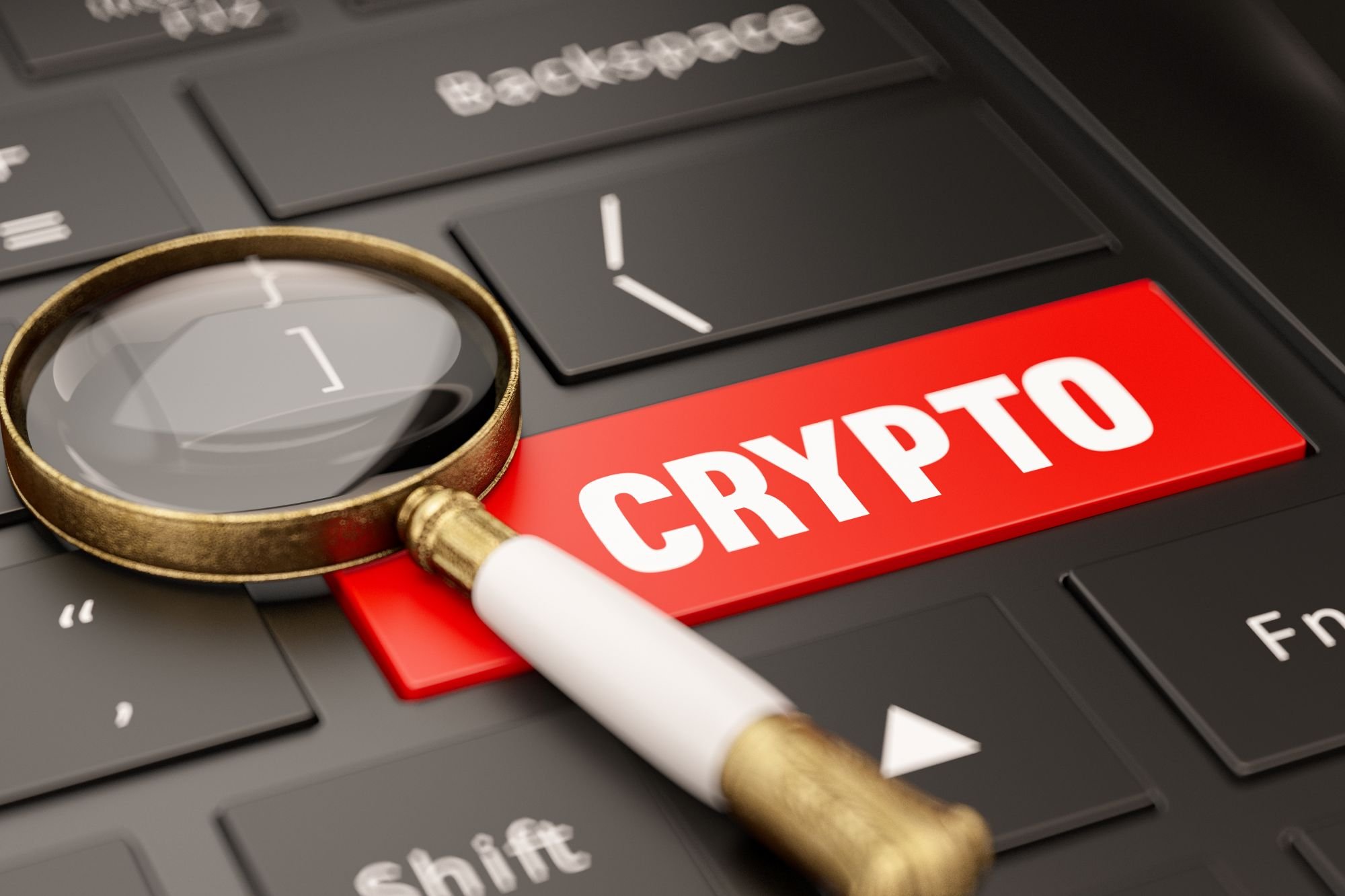Crypto assets that broaden their total addressable market (TAM) tend to compound in value a lot better than assets that mostly deepen today's beachhead in an existing market. For leading cryptocurrencies XRP (XRP +0.07%) and BNB, (BNB +1.44%) that framework is pretty useful to have in mind if you're trying to figure out which one is worth investing in.
So without further ado, here's the arguments for buying each.

Image source: Getty Images.
There's a large and growing set of use cases for XRP
At heart, XRP was conceived by its issuer, Ripple, as a payments and asset-settlement crypto. Within those niches, the target users for the coin are financial institutions, like banks and currency exchange houses.
To appeal to them, the XRP Ledger (XRPL) is built with compliance-friendly functionality that lets asset issuers enforce regulatory requirements without needing to rely on third party smart contracts or other solutions. Trust lines and account-level controls are native, which is what institutions want when legal liability is on the line.
Another appealing factor to its target audience is that the chain's costs are tiny and predictable for users, which is critical for high-volume money movement. What's more, it offers very quick transaction settlement times, meaning that businesses don't need to block off as much of their working capital to account for slow-arriving transfers.

CRYPTO: XRP
Key Data Points
But the bigger story is the huge opportunity that Ripple is building around XRP. The chain is constantly testing out new markets, seeing where its capabilities fit the best.
Thanks to Ripple's sound reputation and its ability to market directly to banks and institutional investors, it hasn't had any problem in recruiting major financial companies to do trial programs for its use as a platform for tokenized asset management. So, it could see capital inflows to its chain in the near future if its pilot programs go well. It also recently launched a stablecoin issued on XRPL, which tightens the loop between fiat currency transaction settlement and XRP-based activity.
In short, XRP's investment thesis depends on continued execution by Ripple leading to the chain being useful for more and more types of financial services over time, and thus adopted by a wider and wider pool of users, who will bring their capital to the network and increase its value accordingly. It does, however, face significant competition in pretty much every direction that it might try to expand into, both from other cryptocurrencies, and also from traditional fintechs.
Still, at least so far, the XRPL hasn't had any problem attracting inflows of capital from serious businesses looking to make use of its various capabilities.
BNB is tethered to one platform's fortunes, for better and for worse
Investors who are newer to crypto often ask what BNB actually is.
In plain language, it is the native token of the BNB Chain, and a utility token across Binance's products. If you aren't familiar with Binance, it is one of the largest crypto exchanges that operates internationally, though its footprint in the U.S. is minimal due to a few tiffs with both regulators and law enforcement. Due to its size, it's still a systemically important business within the crypto sector, and that's what gives BNB value.

CRYPTO: BNB
Key Data Points
People primarily use BNB to pay gas (user) fees on the chain and other fees while trading on the exchange, but it also enables holders to participate in staking, and also to receive fee discounts on their trades on Binance's exchange platforms. So if someone does most of their crypto investing or trading on Binance, they will probably benefit from holding a fair amount of BNB. While technically it can also be used to pay for goods or services or to process payments, those features are minimal in terms of how much development and marketing work has been put in.
Nonetheless, on-chain activity is large and consumer-oriented thanks to low fees, with the network consistently posting high daily active user counts relative to peers. The token's floating supply is reduced by a quarterly auto-burn (reducing supply), and also by a real-time burning of a slice of gas fees, giving holders a gentle structural tailwind for the token's value when usage of the exchange is high.
So what's the catch? In a word, ambition.
While XRP's growth thesis leans on expanding into regulated finance writ large, BNB's demand is concentrated in the Binance orbit by design, with no aspirations to expand beyond that, and with limited opportunities for the exchange itself to enter into new lines of business where BNB will be relevant. Its addressable market for crypto exchange services outside the U.S. could well be large enough to sustain the token's growth for some time, but it's still a fundamentally smaller market than what Ripple is targeting with the XRPL.
BNB can still be a great investment if the BNB Chain keeps gaining millions of users and if Binance does more development work to deepen its utility. But the token's fortunes remain tightly bound to a single company and to regulators' tolerance, which, at least in the U.S., has been fairly limited thus far.
The winner has the wider outlook
For long-term investors, XRP takes the cake here as the better option. BNB isn't a bad investment per se, it's just going to have a much harder time finding growth within its limited chosen area.
On the other hand, XRP's mix of compliance-first features, having a native stablecoin, and attracting early tokenized asset management activity all point to a much broader, more durable addressable market than a platform-tied utility token can offer. And that's before even getting into other features that Ripple has developed or acquired for the network, like its on-demand liquidity platform and its prime brokerage services.





